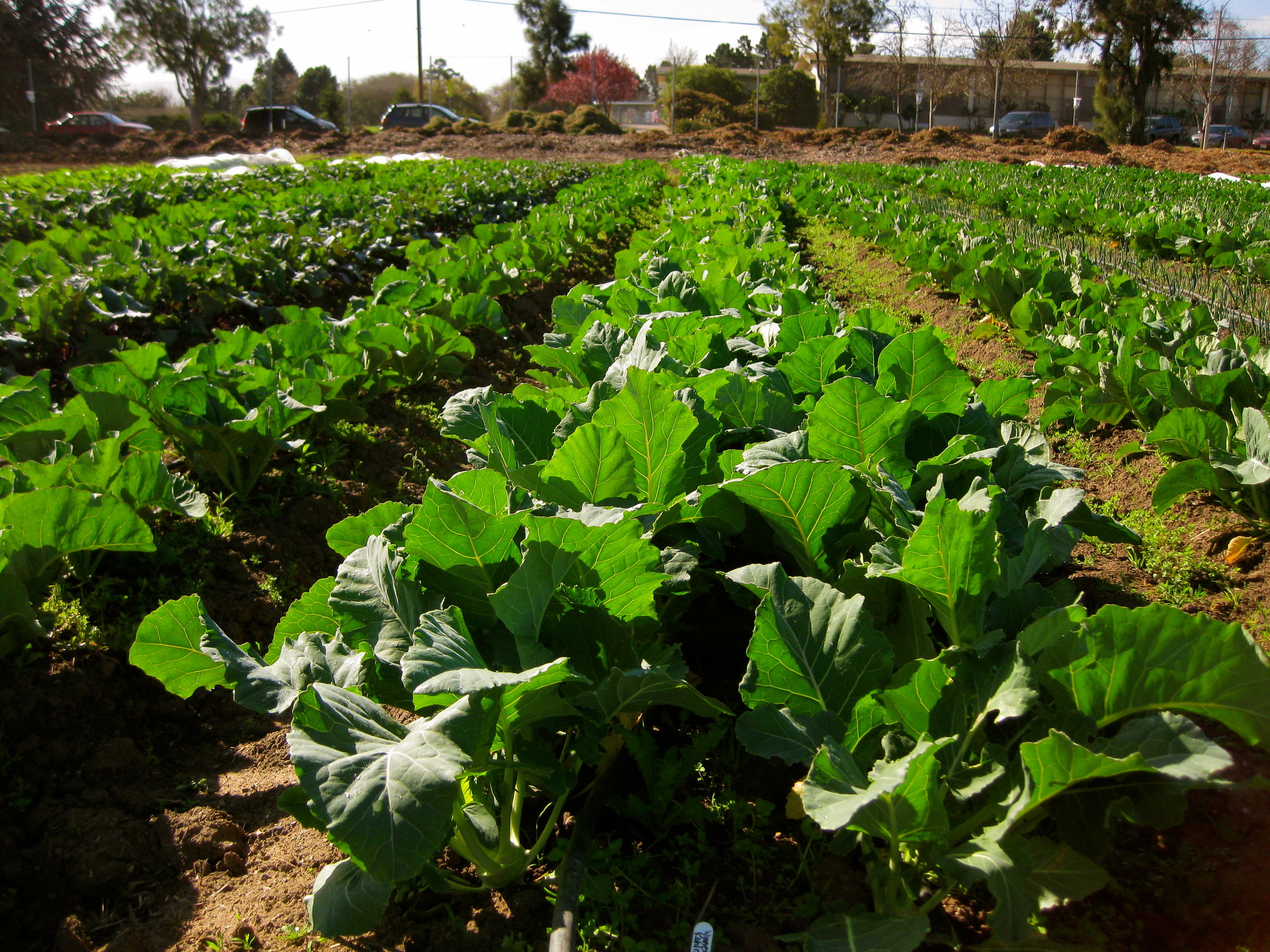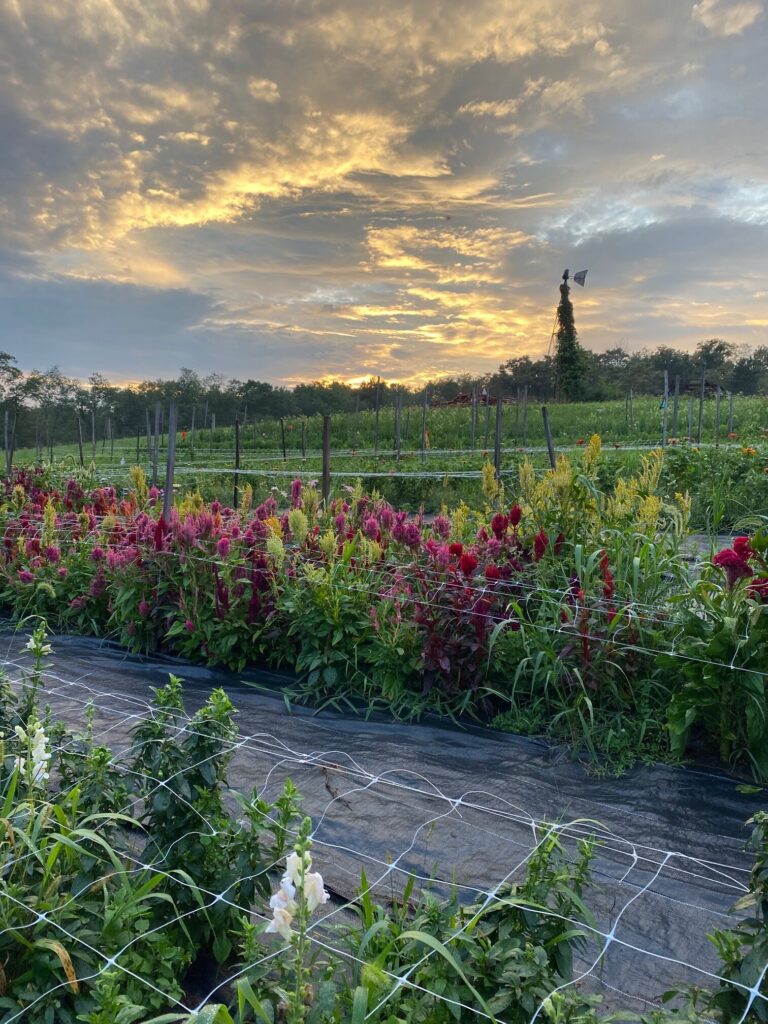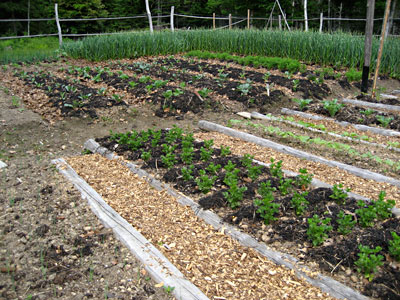Preparing for the Seasons in Homestead Gardening
Preparing for the Seasons in Homestead Gardening
Blog Article
Learn Just How to Grow a Prospering Gardening Environment for All Skill Degrees
Producing a growing garden is a multifaceted undertaking that can be welcomed by people at any type of skill degree. By taking a look at crucial elements such as soil wellness, proper plant choice, and seasonal care regimens, one can establish a sustainable horticulture method that yields enjoyable outcomes. Comprehending just how to analyze and improve your garden room lays the foundation for success. Yet, the details of executing these concepts typically existing challenges that can deter also one of the most passionate beginner. What techniques can be used to conquer these barriers and promote an absolutely successful setting?
Comprehending Your Yard Space
In the realm of horticulture, recognizing your garden space is vital to growing a thriving landscape (Homestead Gardening). The initial step in this undertaking involves evaluating the certain features of your plot. Elements such as soil structure, sunshine direct exposure, and water drainage play crucial functions in figuring out the viability of your yard for numerous kinds of plants
Begin by conducting a soil test to evaluate pH levels and nutrition material, which will notify any type of needed modifications. In addition, observe just how much sunshine your room obtains throughout the day. Various plants have differing light demands; some prosper completely sunlight, while others like partial or complete shade.

Finally, assess the offered space and plan as necessary. This consists of taking into consideration plant elevations and spread to guarantee sufficient room for development without congestion. By getting an extensive understanding of your garden room, you established the foundation for a successful horticulture experience.
Picking the Right Plant Kingdoms
Choosing the right plants for your yard calls for cautious consideration of numerous aspects, including climate, dirt conditions, and personal preferences. Beginning by examining your regional environment, as details plants prosper in particular temperature level varieties and weather patterns. As an example, exotic plants may not endure in chillier areas, while sturdy perennials can withstand rough wintertimes.

Consider your individual preferences, including visual appeal and upkeep levels. Choose whether you favor dynamic blossoms, lush foliage, or edible plants. Additionally, consider the time and effort you are eager to buy plant care, as some selections demand even more attention than others.
Finally, assume concerning the yard's format and light exposure. Sunlight patterns throughout the day will certainly affect your choices-- some plants need complete sun, while others flourish in color. By attentively assessing these aspects, you can develop a efficient and unified yard customized to your environment and tastes.
Vital Gardening Tools
A well-appointed garden enthusiast can dramatically boost their horticulture experience and end results. Vital horticulture tools are essential to cultivating a successful garden, despite skill degree. Initially, a tough spade is invaluable for digging and transforming dirt, while a trowel enables exact growing and transplanting of smaller sized plants.
Pruning shears are essential for keeping plant health and wellness by eliminating dead or overgrown branches, advertising much better air flow and growth. In addition, a hand rake works for removing debris and freshening the soil, guaranteeing optimum problems for plant roots.
Gardening handwear covers secure hands from blisters, chemicals, and thorns, making them an essential device. A watering can or hose pipe with an adjustable nozzle makes sure that plants get adequate wetness without overwatering.
Lastly, take into consideration investing in a sturdy wheelbarrow for moving soil, plants, and devices around the garden successfully. By setting up a quality toolkit that consists of these essential things, gardeners can take on various jobs with confidence and simplicity, leading the way for a growing gardening setting. Remember, the right devices not just improve performance but likewise boost the overall satisfaction of the gardening process.
Dirt Preparation and Upkeep
Quality dirt is the structure of a successful garden, making appropriate preparation and upkeep critical for healthy plant growth. Based on the test results, amendments can be made to enhance soil conditions for certain plant needs.
Including organic matter, such as compost or well-rotted manure, is important for enhancing soil framework and fertility. This not just boosts vitamins and mineral schedule yet also advertises advantageous microbial activity. Additionally, proper drainage is vital; heavy clay dirts might call for the enhancement of sand or perlite to enhance aeration.
Regular maintenance of dirt wellness consists of mulching, which saves wetness and reduces weeds. Rotating plants every year assists avoid nutrient depletion and lowers parasite and illness risks. It is also vital to prevent over-tilling, which can interrupt soil framework and damage advantageous organisms.
Inevitably, a constant commitment to dirt preparation and upkeep will lead to a prospering garden, ensuring that plants obtain the vital nutrients they need for durable growth and performance.
Seasonal Care and Management

In springtime, concentrate on growing new seeds and seed startings, while also performing soil examinations to change nutrient shortages. On a regular basis look for conditions and pests, as these can multiply with the warming weather. Summertime needs consistent watering and mulching to preserve moisture, together with trimming for better air flow.
As fall methods, it's time to prepare the yard for inactivity. This includes gathering right here plants, tidying up debris, and applying a layer of compost to protect plant roots from frost. Take into consideration growing cover crops to improve the soil throughout the winter months.
Finally, wintertime treatment is essential. Check frameworks like greenhouses for damages and ensure appropriate insulation for delicate plants. Consistently monitor for insects that may look for haven inside. By adjusting your horticulture practices to the seasonal cycles, you can foster a growing atmosphere that supports plant health and wellness year-round.
Conclusion
In conclusion, cultivating a successful yard calls for a thorough understanding of essential concepts such as dirt make-up, sunshine direct exposure, and suitable plant choice. Executing effective soil prep work and upkeep methods, together with home using the right tools, fosters an optimum expanding atmosphere. Regular seasonal care and monitoring methods additionally improve plant health and performance. By sticking to these foundational guidelines, people in any way skill degrees can accomplish a growing garden that adds to both aesthetic enjoyment and ecological sustainability.
Selecting the right plants for your yard needs careful factor to consider of various aspects, including environment, soil problems, and personal preferences. Conduct a dirt test to determine pH levels and vitamins and mineral material, which will certainly direct you in picking plants that will prosper in your garden.Last but not least, consider spending in a sturdy wheelbarrow for carrying dirt, plants, and his response tools around the yard efficiently.Quality soil is the structure of a successful garden, making correct prep work and maintenance vital for healthy plant growth. Homestead Gardening.In verdict, cultivating a successful yard calls for a comprehensive understanding of necessary concepts such as soil structure, sunlight direct exposure, and ideal plant selection
Report this page